Tag: pneumonia

Flu Has Sickened More Than 13 Million This Season
The CDC estimates that there have been 13.2 million to 15.2 million flu illnesses this season. The CDC estimates there have been 6.2 million to 7.2 million flu medical visits and 155,000 to 186,000 flu hospitalizations this... read more

One of the Deadliest Hospital-Acquired Infections Is Preventable
Johns Hopkins Study Shows One of the Deadliest Hospital-Acquired Infections Is Preventable. For some hospital patients, going on a ventilator is often the difference between life and death. About 800,000 hospital patients... read more

Overuse of troponin? A comprehensive evaluation of testing in a large hospital system
Troponin assays are integral to the diagnosis of acute myocardial infarction (AMI), but there is concern that testing is over utilized and may not conform to published guidelines. We reviewed all testing performed at 14 hospitals... read more

Corticosteroid Treatment in Critically Ill Patients with Severe Influenza Pneumonia
Administration of corticosteroids in patients with severe influenza pneumonia is associated with increased ICU mortality, and these agents should not be used as co‑adjuvant therapy. A total of 1846 patients with primary... read more

Peripheral Vasopressors: The Myth and the Evidence
You are working in a small, rural hospital staffed by one physician and one nurse. There are multiple sick patients, all of whom require your attention, but the sickest is probably the 62 year old female with pneumonia and... read more
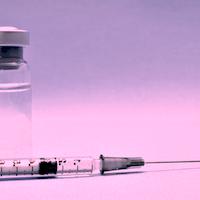
Effectiveness of Influenza Vaccination on Hospitalizations and Risk Factors for Severe Outcomes in Hospitalized Patients With COPD
Influenza vaccination significantly reduced influenza-related hospitalization among patients with Chronic Obstructive Pulmonary Disease (COPD). Initiatives to increase vaccination uptake and early use of antiviral agents... read more
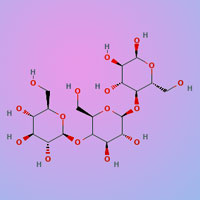
Clinical Performance of Beta-D-Glucan for the Diagnosis of Pneumocystis Pneumonia in Cancer Patients Tested with PCP PCR
Patients negative by both Beta-D glucan (BDG) and PCR were unlikely to have Pneumocystis pneumonia (PCP). In patients with a compatible clinical syndrome for PCP, higher BDG values (>200 pg/mL) were consistently associated... read more
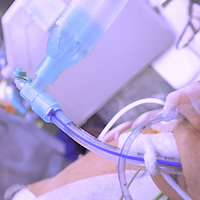
Decontaminants Don’t Cut Bloodstream Infection Risk in Ventilated ICU Patients
The use of digestive and oral decontaminants in patients in the intensive care unit (ICU) who are mechanically ventilated and who have moderate to high antibiotic resistance is not associated with a reduction in ICU-acquired... read more
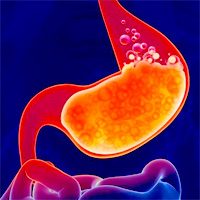
Proton-Pump Inhibitor Prophylaxis in the ICU
Critical illness can disrupt local and systemic mechanisms that protect against upper gastrointestinal bleeding, a condition that may be associated with increased mortality, particularly among patients receiving extracorporeal... read more

Effect of Early Sustained Prophylactic Hypothermia on Neurologic Outcomes Among Patients With Severe TBI
Among patients with severe traumatic brain injury (TBI), early prophylactic hypothermia compared with normothermia did not improve neurologic outcomes at 6 months. These findings do not support the use of early prophylactic... read more

Effect of Cricoid Pressure Compared With a Sham Procedure in the Rapid Sequence Induction of Anesthesia
This large randomized clinical trial performed in patients undergoing anesthesia with RSI failed to demonstrate the noninferiority of the sham procedure in preventing pulmonary aspiration. Further studies are required in... read more

ICU Usage for Pneumonia Doubles Length of Hospital Stay
A recently released report using data from the National Hospital Care Survey (NHCS) verifies existing data on the prevalence of pneumonia in hospitalizations and emergency department (ED) visits and provides the first-ever... read more
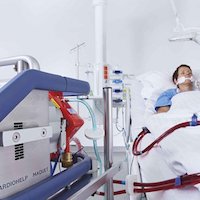
ECMO for Severe ARDS
Mr. Jackson is a 36-year-old man whom you are caring for in the intensive care unit (ICU). Before this hospitalization, he was healthy and took no medications. He has never smoked, and he drinks three or four beers every... read more

Validation and Clinical Implications of the IDSA/ATS Minor Criteria for Severe Community-Acquired Pneumonia
These findings support the use of the IDSA/ATS minor criteria to predict hospital mortality and guide ICU admission in inpatients with Community-Acquired Pneumonia (CAP) who do not require emergency mechanical ventilation... read more








